Articles about Medical Software and DTx Developement
Not sure what to read first? Read our detailed guides on:
Approval & development of software medical devices in 2025
Approval & development of DiGA in 2025
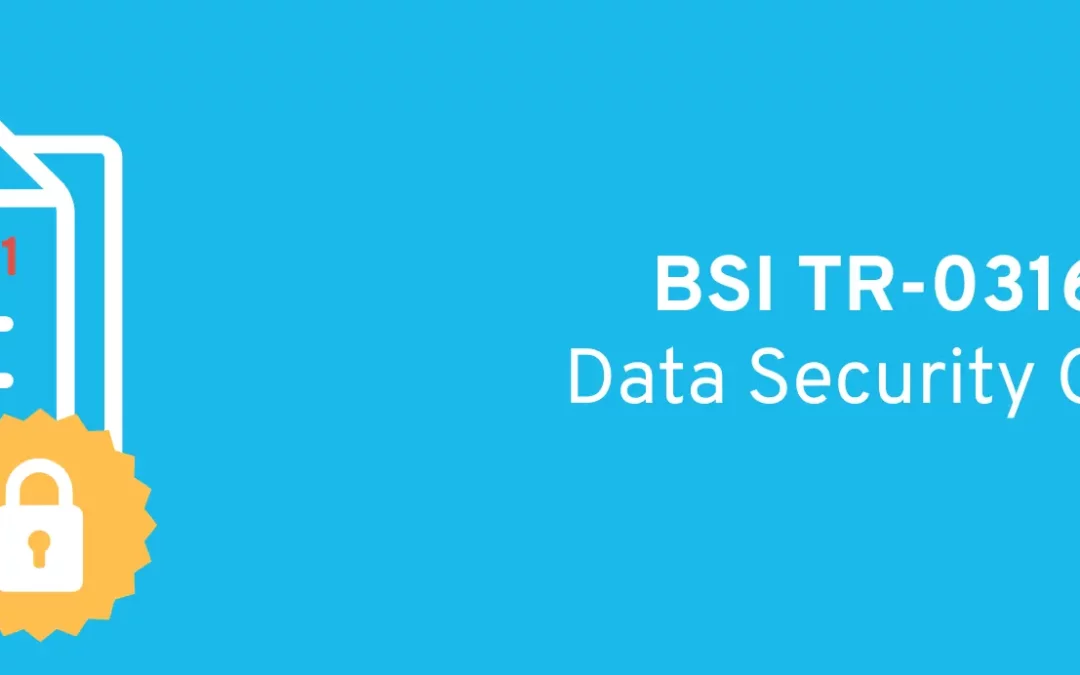
BSI TR-03161 for DiGA: Data Security Certification
Since January 1, 2025, manufacturers of digital health applications (DiGA) must prove compliance with data security requirements by means of an official certificate. The basis for certification is BSI TR-03161, which was first published in 2020. The BfArM checks...
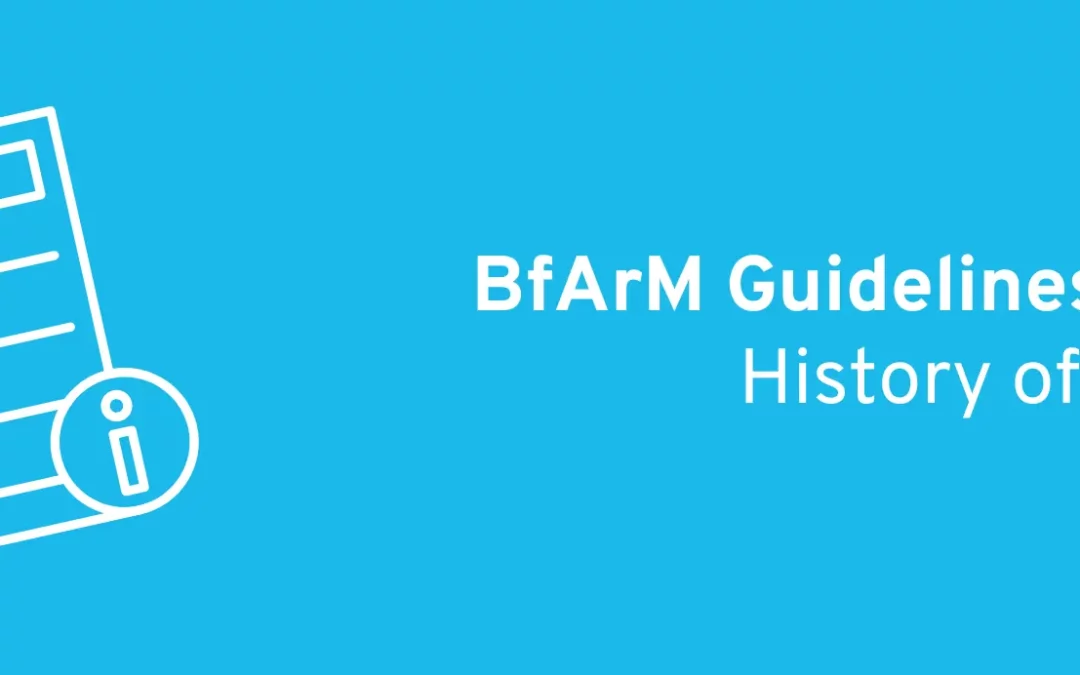
DiGA Guide: History of all changes
The BfArM updates the DiGA guidelines regularly. Unfortunately, there is no detailed change history available for this yet. We therefore continuously review all changes to the DiGA guidelines and prepare them for you. We present all changes here with comments in a...
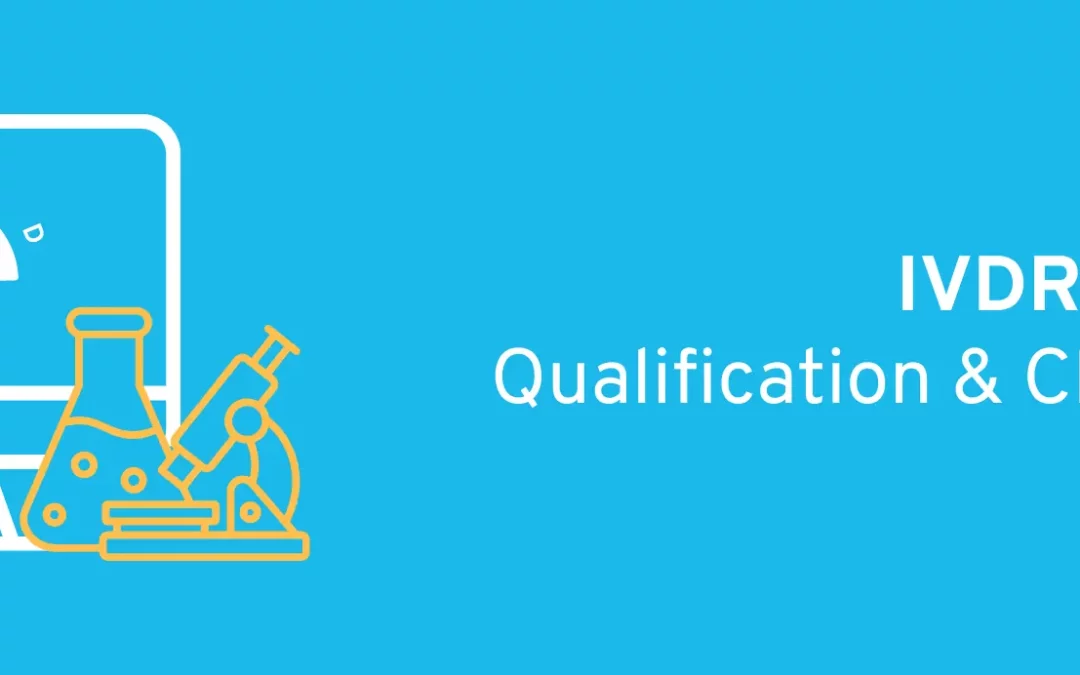
IVDR Software: Qualification & Classification
Many in vitro diagnostic devices today consist not only of physical test kits, but also of complex software that calculates, interprets, or visualizes analysis results. As a result, more and more software is falling within the scope of the In Vitro Diagnostic...
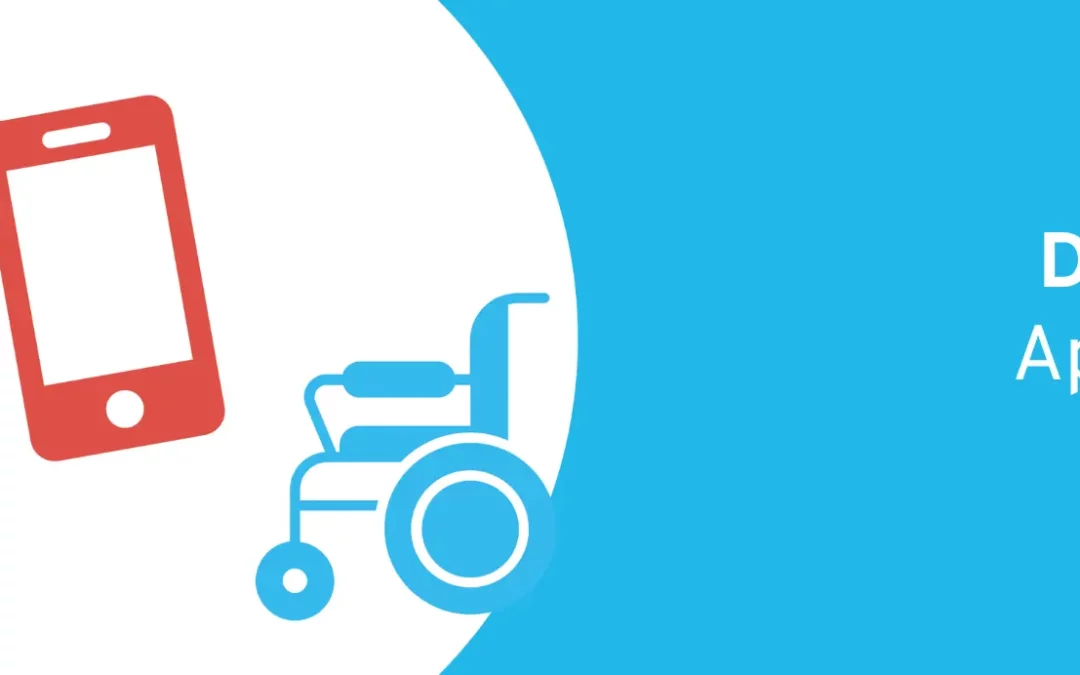
DiPA Guide: Digital Applications for Care
On December 19, 2019, the Digital Care Act (DVG) made it possible for doctors to prescribe digital health applications (DiGA) to patients in a standardized way for the first time. With the Digital Care and Nursing Modernization Act (DVPMG), a counterpart to this was...

DiGA: Guidelines for demonstrating positive supply effects
What is the point of a DiGA if it does not improve patients' lives? There is none! This is why DiGAs are only justified when their positive supply effect has been proven. Only then do you have a chance of being permanently included in the BfArM register. Ultimately,...
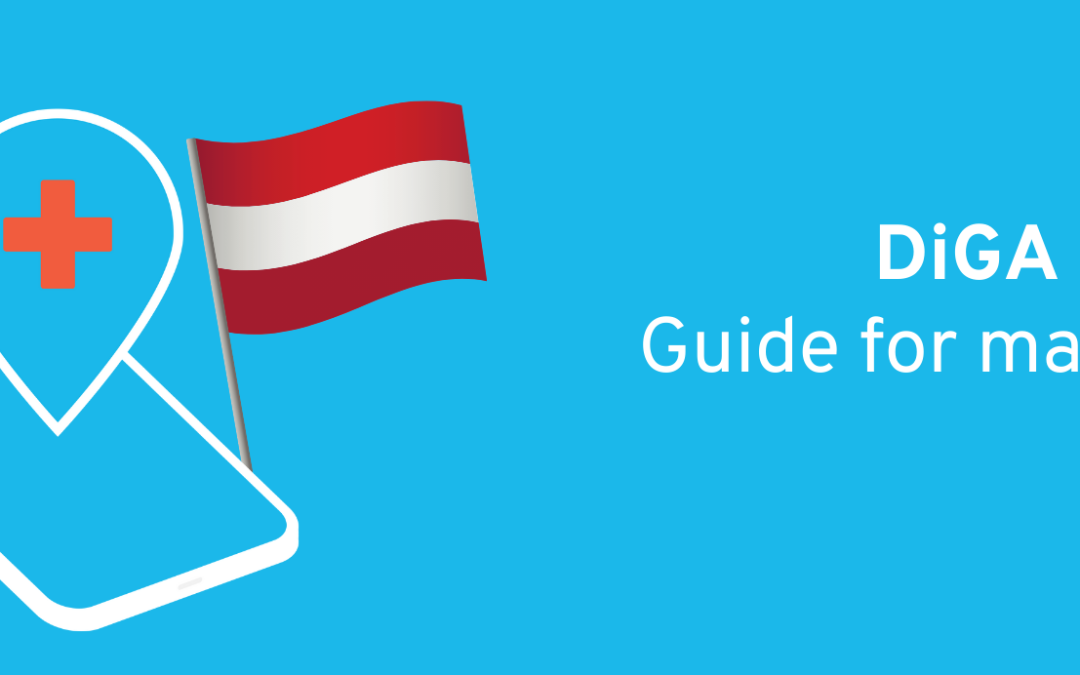
DiGA in Austria: Approval of digital health applications (2025)
Since 2020, there have been increasing efforts in Austria to integrate digital health applications (DiGA) into regular healthcare. So is the "app on prescription" now coming to Austria? In this article we give you an overview of: the planned approval process in...
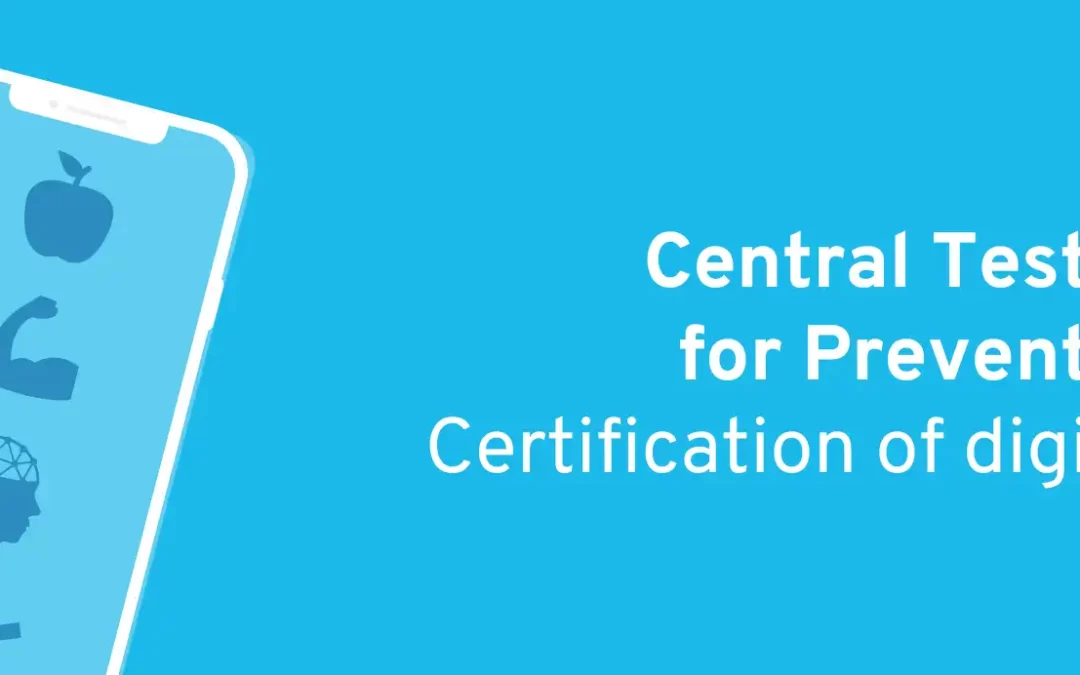
Certification of digital courses according to ZPP – Central Prevention Testing Center
Those who develop digital offerings for health promotion or prevention often face the question: How can these be financed through health insurance companies? Many software manufacturers are familiar with the reimbursement options available through DiGA. Much less well...
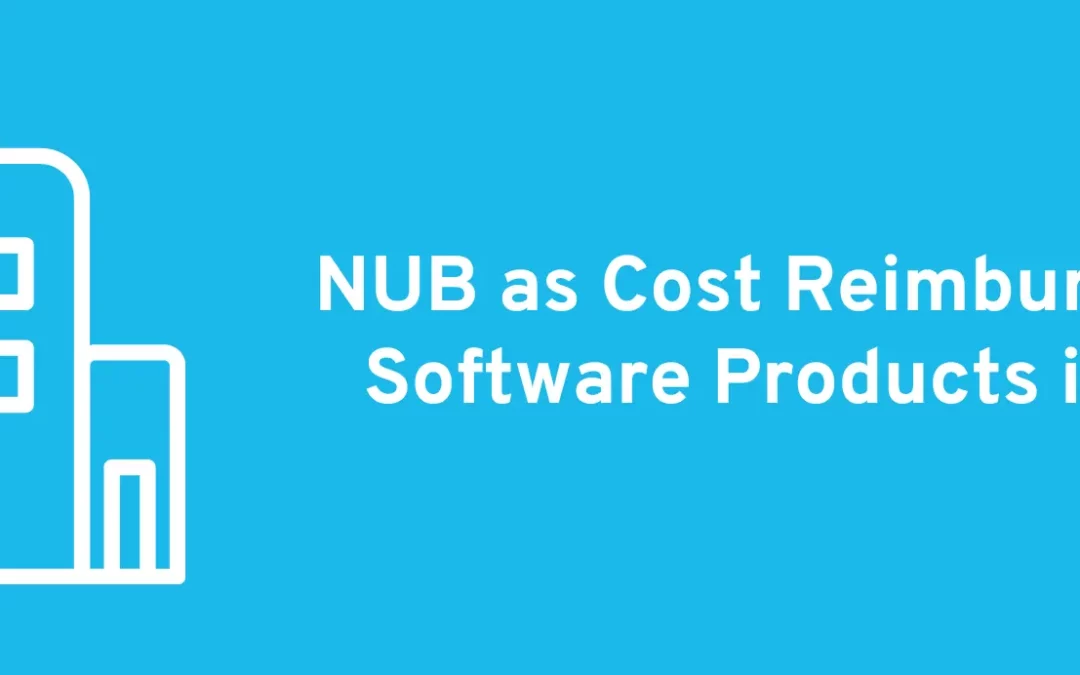
NUB as Cost Reimbursement for Software Products in Hospitals
Even today, hospital operations without IT are hardly conceivable, as hacker attacks unfortunately often demonstrate. However, digital innovations such as AI-supported diagnostic software and clinical decision support systems promise to fundamentally improve patient...

Class I Software according to MDR – is that still possible? (September 2025)
Are there still Class I software medical devices according to MDR? Are regulatory authorities really withdrawing Class I software products from the market in droves? Which federal state do I need to go to in order to remain on the market with my Class I software? As...
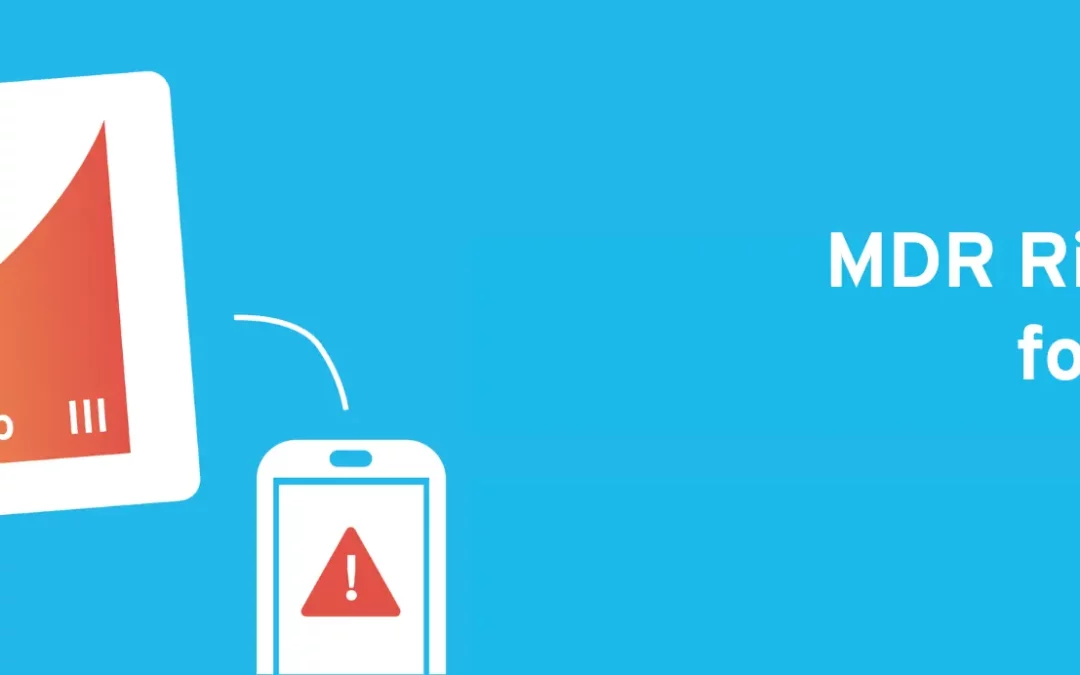
Classification of software medical devices: MDR Guideline
"The use of my app is completely safe. It certainly falls into the lowest risk category."- MDR probably sees it differently. Anyone who wants to certify their software as a medical device in accordance with the Medical Device Regulation (MDR) must deal intensively...
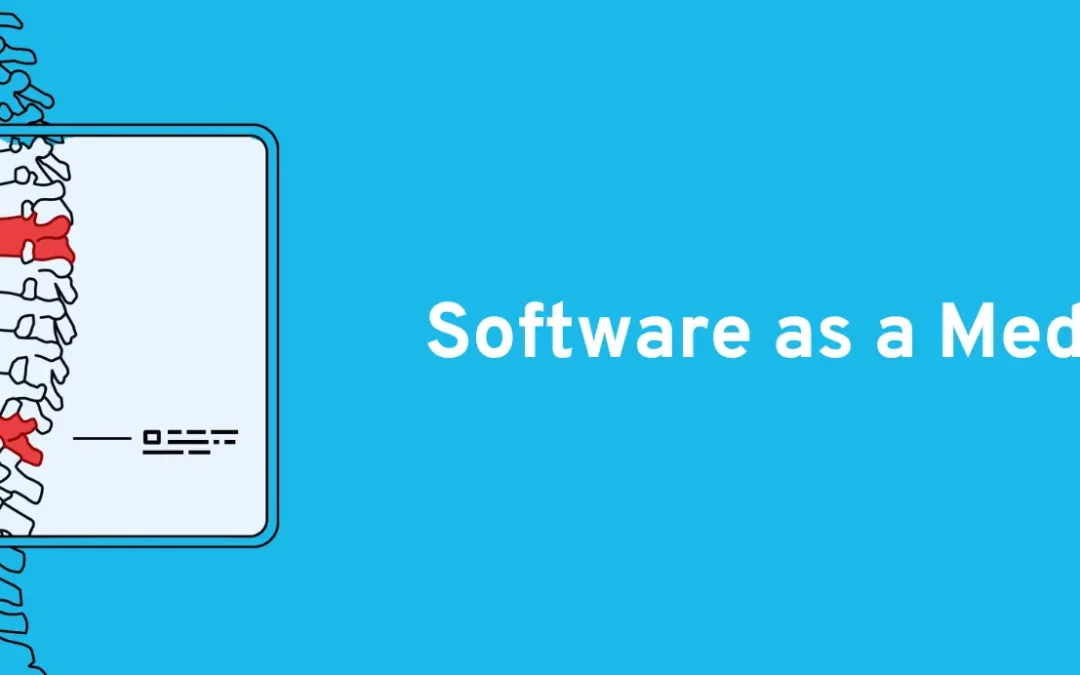
Guide: Is your software a medical device?
That a pacemaker should be a regulated medical device is obvious. However, with software, especially apps, the ambiguity is greater. Software must also be classified as a regulated medical device under the Medical Device Regulation (MDR) if it is used for specific...
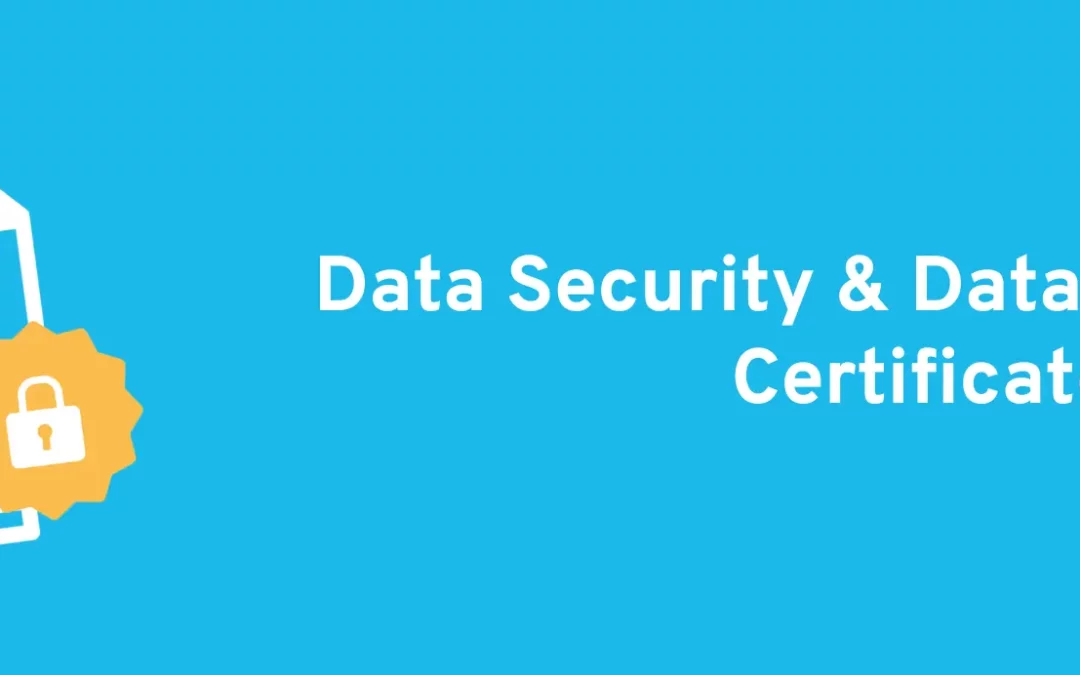
Data Security & Data Protection Certificates for DiGA
Digital health applications (DiGA) require certificates for data security and data protection. Following repeated problems with the handling of personal data in some DiGAs in the past, manufacturers will have to have their applications checked more closely in future...
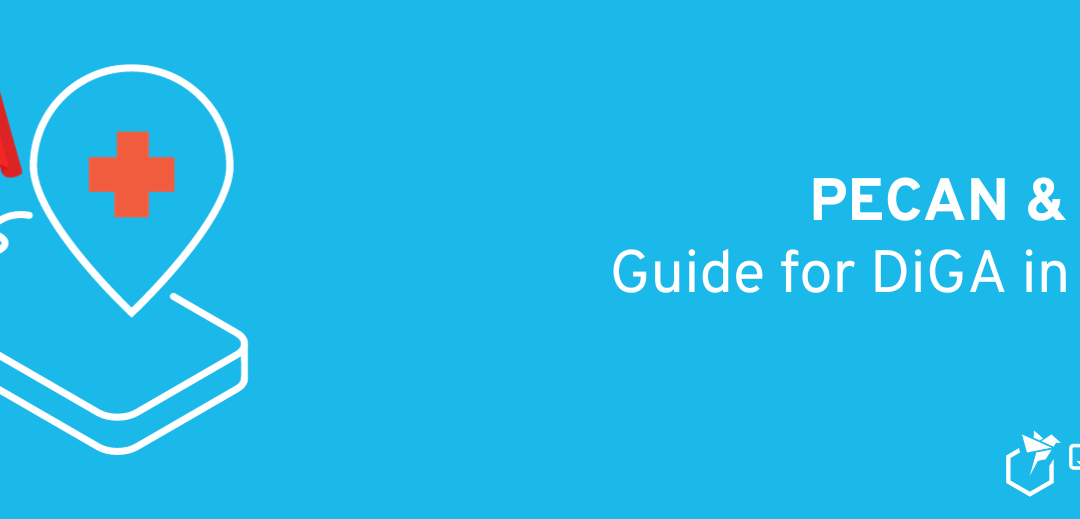
PECAN DMD – Guide to DiGA in France
What started in Germany at the end of 2019 is now also being adopted by neighboring France: The "app on prescription," the Digital Health Application (DiGA) is becoming an export hit - including a French equivalent to the Fast Track procedure. This provides a uniform...
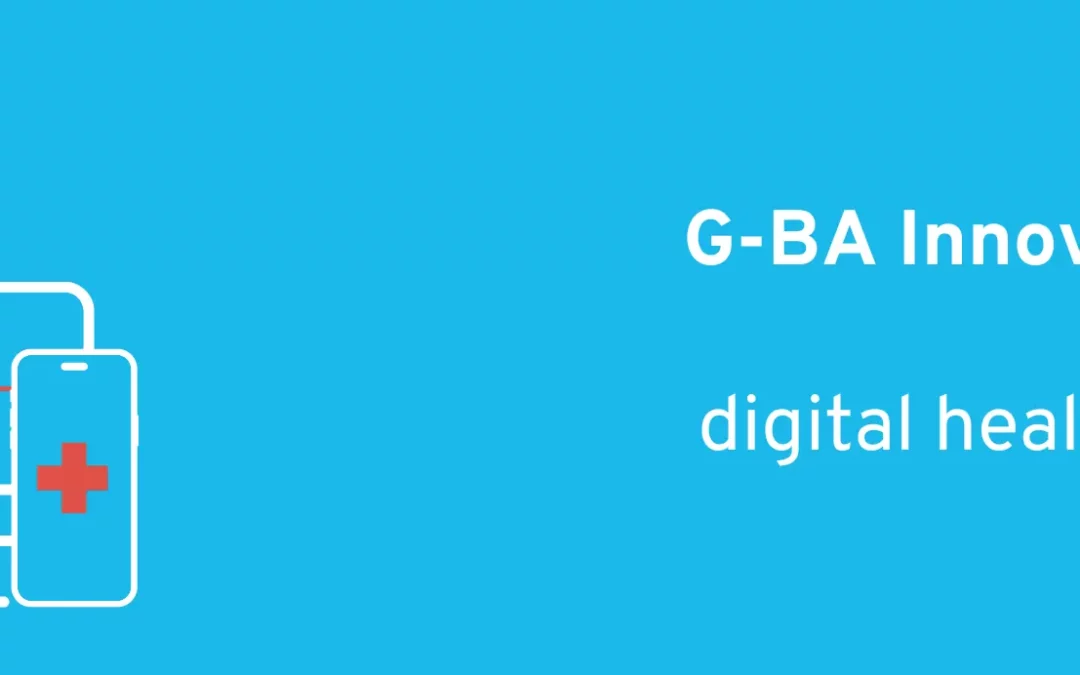
Innovation Fund (2025): Funding for digital health solutions
Many manufacturers of medical software and health apps are faced with the question: How can digital solutions be used to build a sustainable business model? The market for self-paying patients in the German healthcare system is relatively small, and the path to...
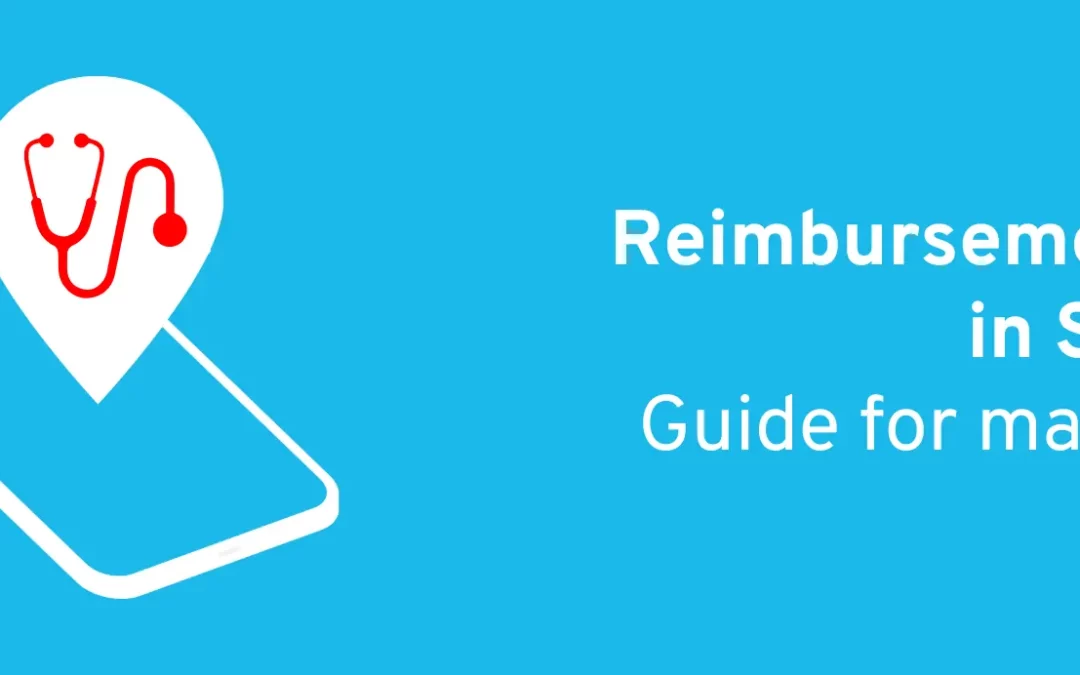
Switzerland: Reimbursement for digital health applications (DiGA & dGA)
In 2020, Germany became the first country to establish DiGA in regular healthcare. This means that digital health applications can be approved in a structured, transparent process. Once approved, DiGA can then be prescribed by doctors in a similar way to medication....
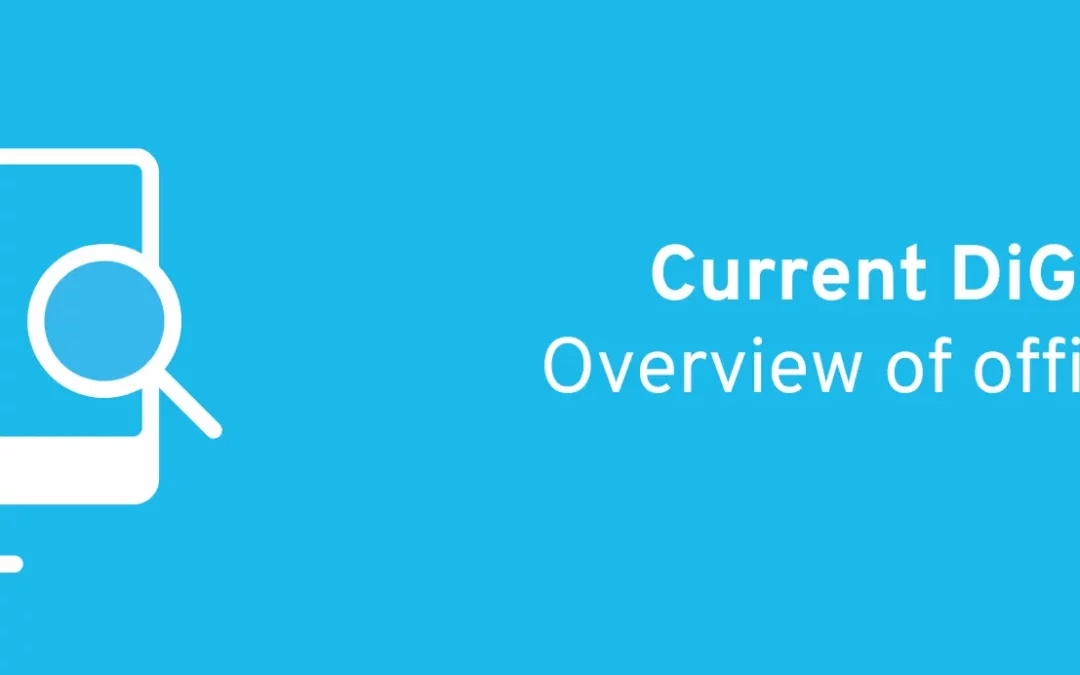
Current DiGA Reports 2025: Official reports at a glance
Where exactly can I find the latest figures and reports for approved digital health applications (DiGA)? For the strategic planning of new DiGA projects and market analyses, it is important to consider the prescription figures for listed DiGAs. However, when searching...
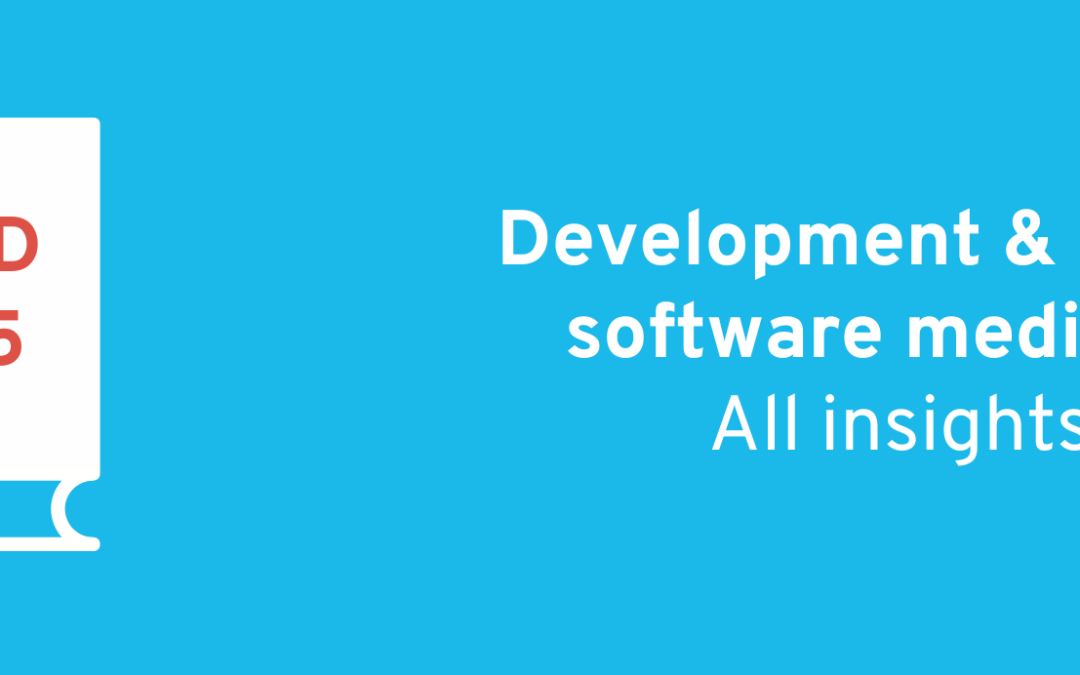
All insights: Development and approval of software medical devices in 2025
Over the past ten years, we have learned a great deal about the development of software medical devices. We are pleased to share this expertise in our technical articles with (prospective) developers of Software as a Medical Device (SaMD) so that not everyone has to...

All insights: DiGA development & approval in 2025
Since the DiGA concept was launched, we have learned a great deal about the development of digital health applications. We share as much of this knowledge as possible with (prospective) DiGA manufacturers through our specialist articles. This means that not everyone...
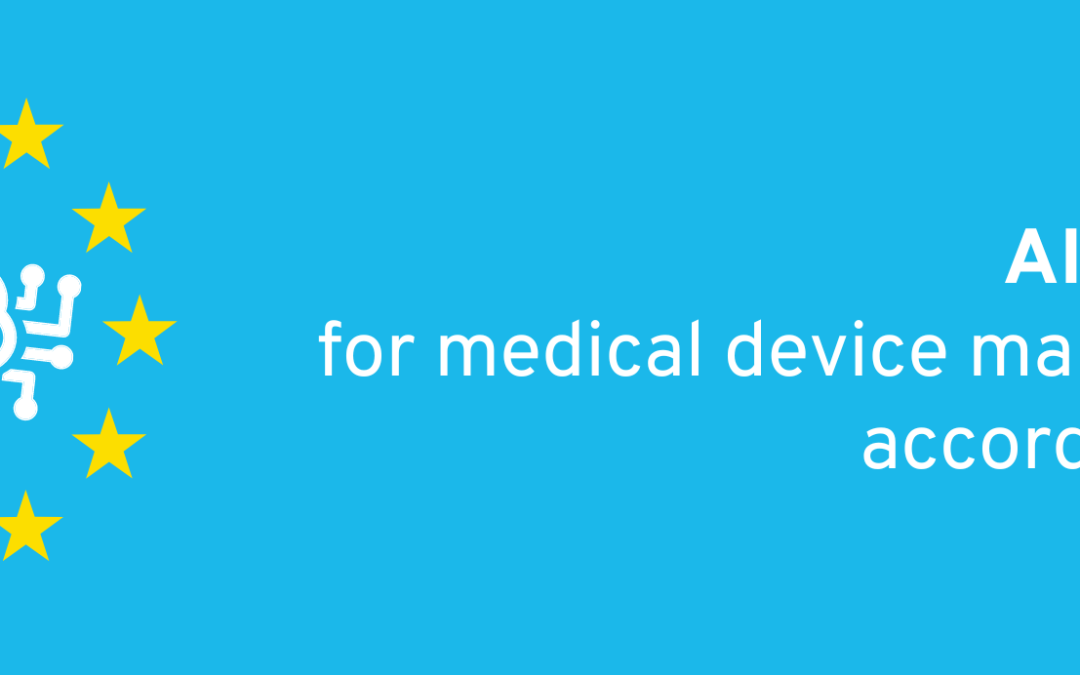
AI Act: Guidelines for medical device manufacturers according to MDR (2025)
The EU is now also regulating the use of artificial intelligence (AI) with the EU AI Act. This also affects manufacturers of software medical devices that integrate AI into their MDR medical devices. The AI Act is intended to ensure that AI systems are designed in a...
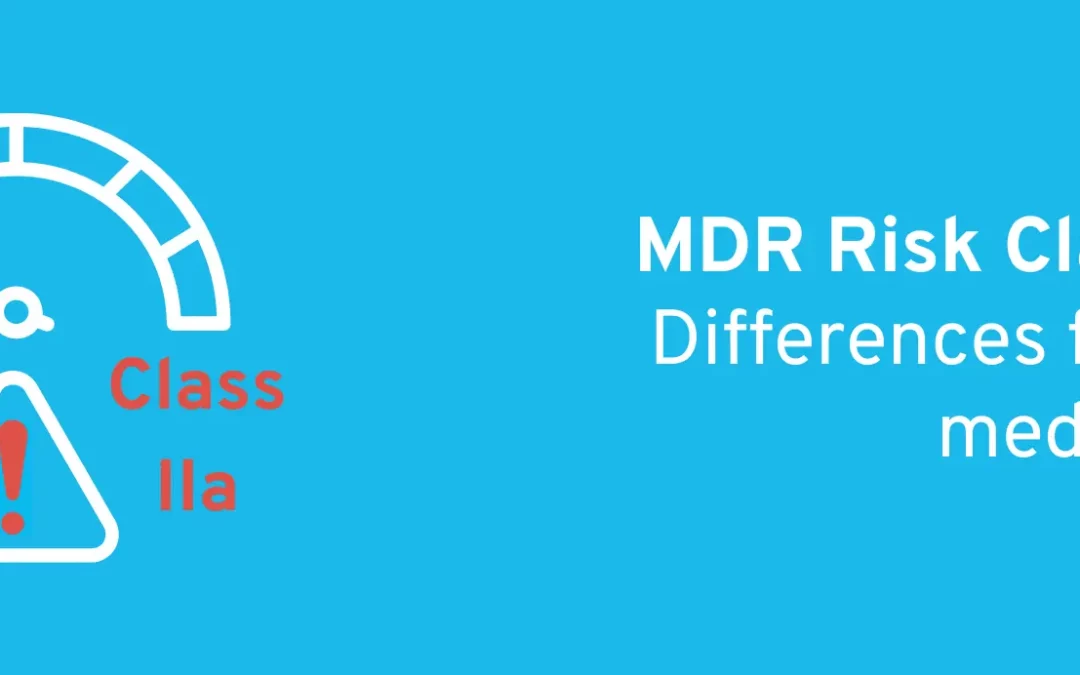
MDR Risk Class I vs. IIa: Differences for software medical devices
At the beginning of the development of a software medical device, the central question is: Which risk class applies to my product? Risk classification has serious implications and significantly influences the cost and time frame of product development. In extreme...
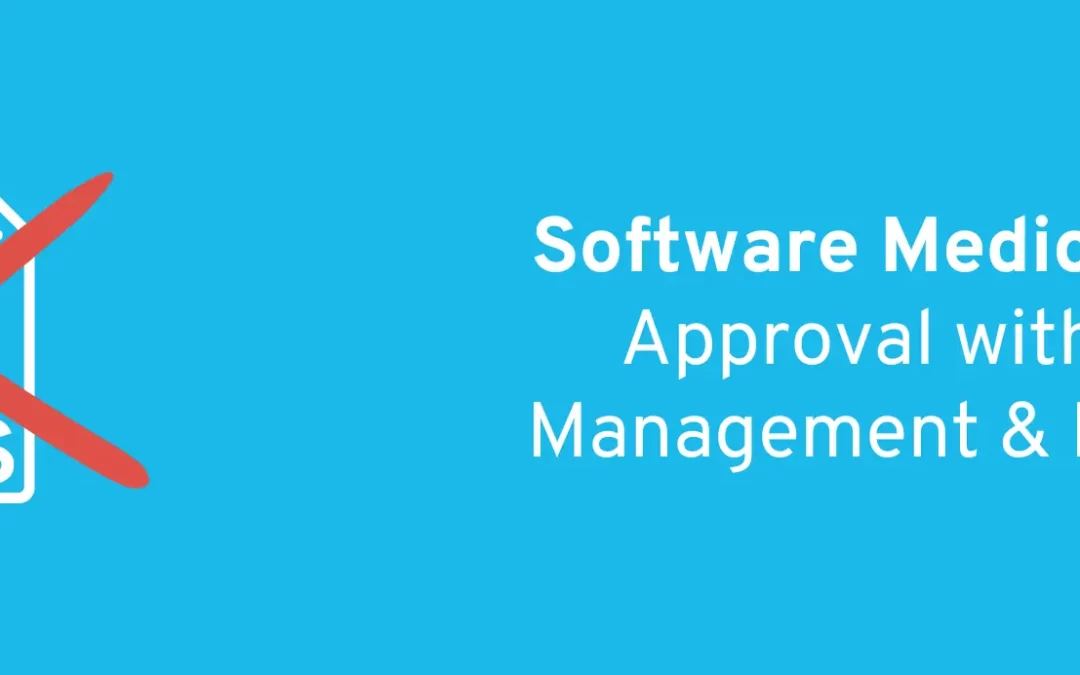
Approving software medical devices without quality management and regulatory requirements?
The Medical Device Regulation (MDR) poses many challenges for manufacturers of software medical devices. In addition to establishing a quality management system (QMS) and preparing technical documentation, manufacturers face regulatory liability risks. For many...
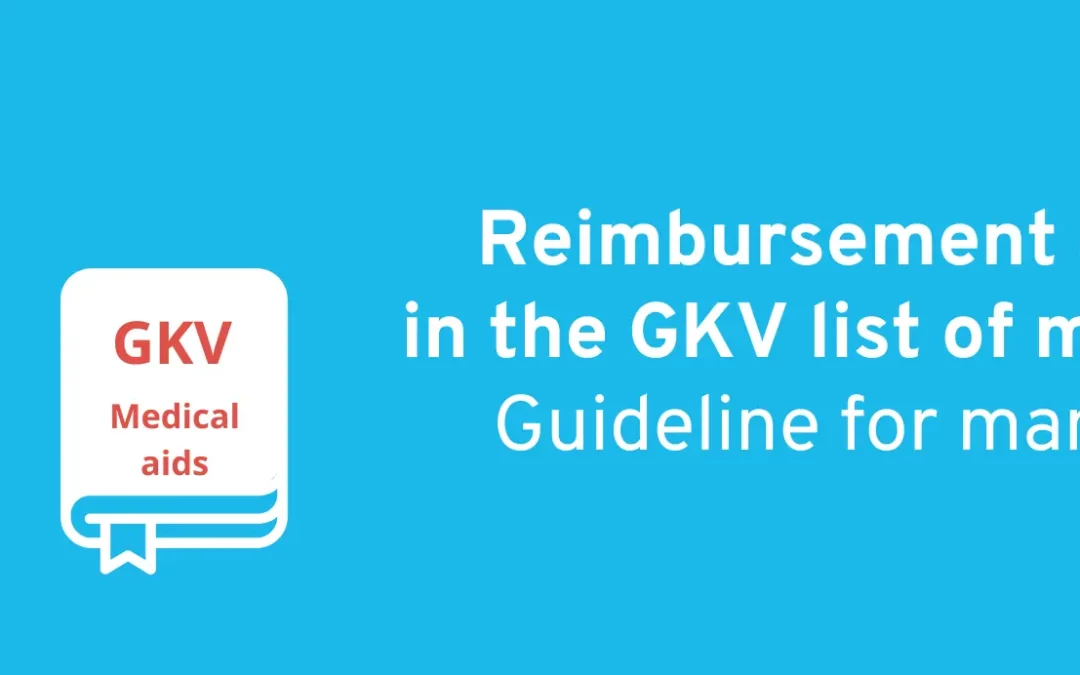
Reimbursement for software listed in the GKV list of medical aids
Healthcare software manufacturers in Germany face a key challenge: How can digital solutions be used to generate revenue in the healthcare system? The market for privately paid products is small, and patients are often reluctant to pay for software out of their own...
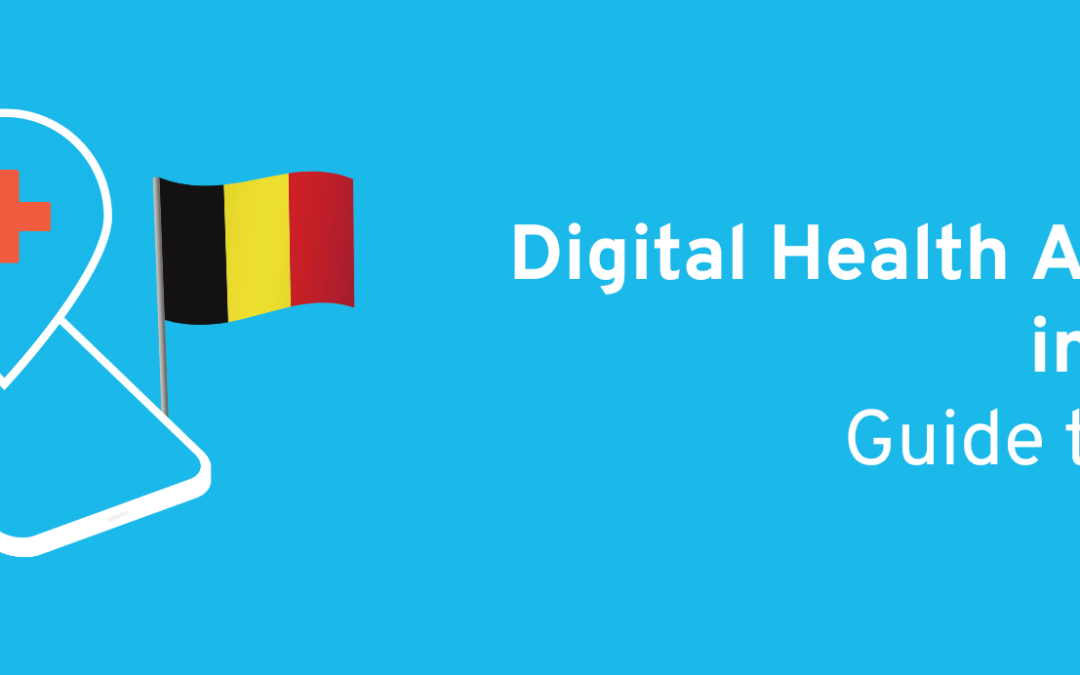
Digital Health Applications in Belgium – Guide to Approval
In Belgium, a special approval process for digital health applications has been established alongside Germany and France. In Austria, too, efforts to integrate DiGA into regular health care have been growing stronger since 2020. With a view to the two pioneering...
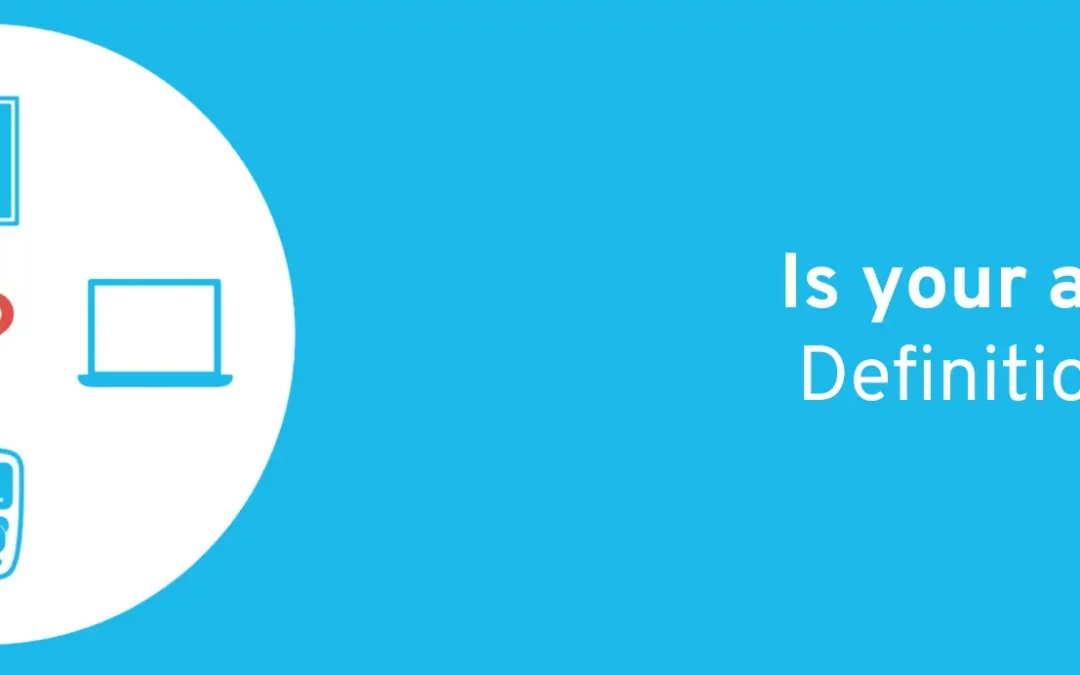
Is your app a DiGA? Definition criteria of digital health applications
So-called DiGA (digital health applications) can be reimbursed by statutory health insurance companies. This became possible for the first time when the Digital Supply Act (DVG) came into force on December 19, 2019. However, not every health app or medical app meets...
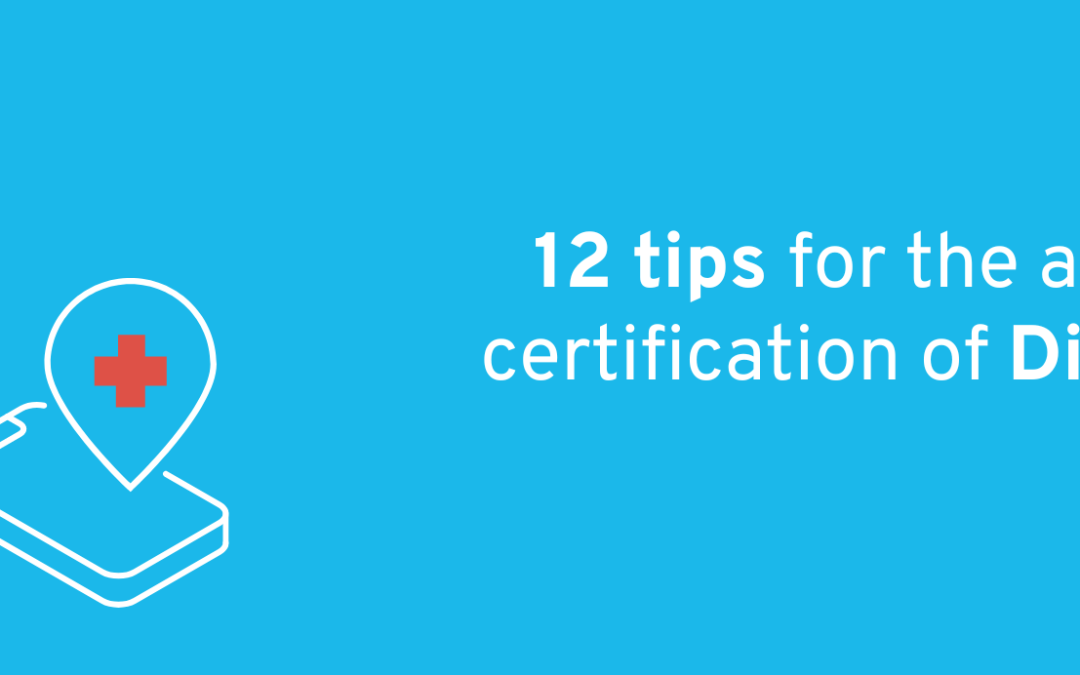
13 Tips for DiGA Approval in 2025
Implementing a digital health application (DiGA) involves effort and costs that should ultimately pay off for your company. And indeed, many certified DiGA that make it onto the market show extremely positive prescription and sales figures. Others, however, do not...
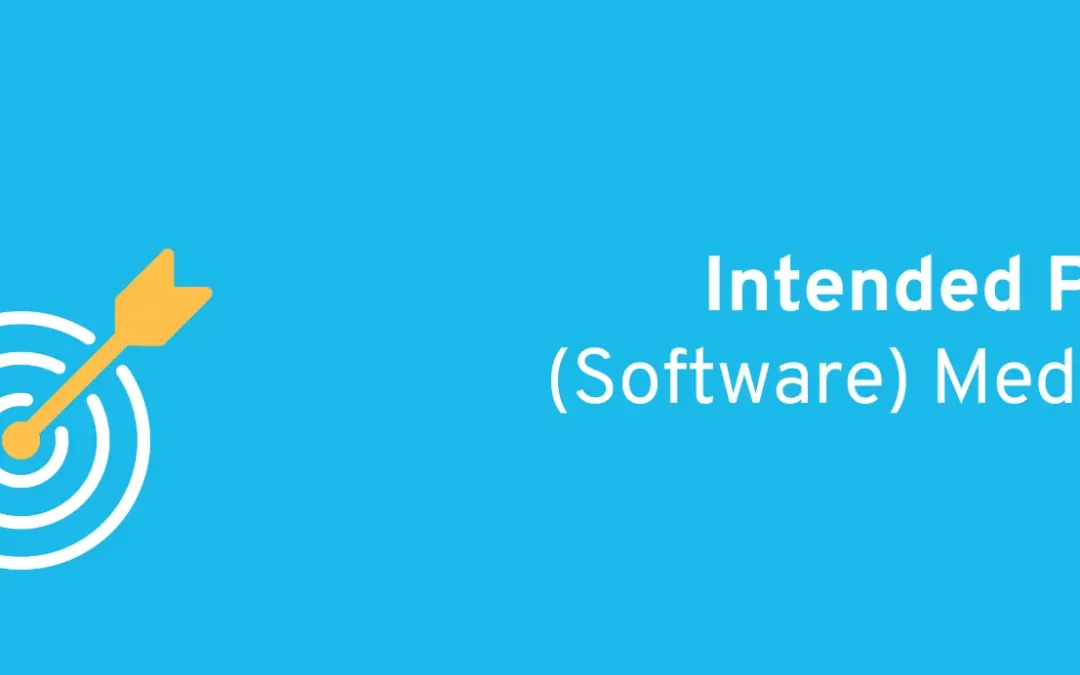
Phrasing of the intended use for (software) medical devices
How do I actually decide whether my product is a medical device? Where do I start when I want to determine its risk class? And what statements can I use to promote my product in the end? The answers to these and many other questions can be answered on the basis of...
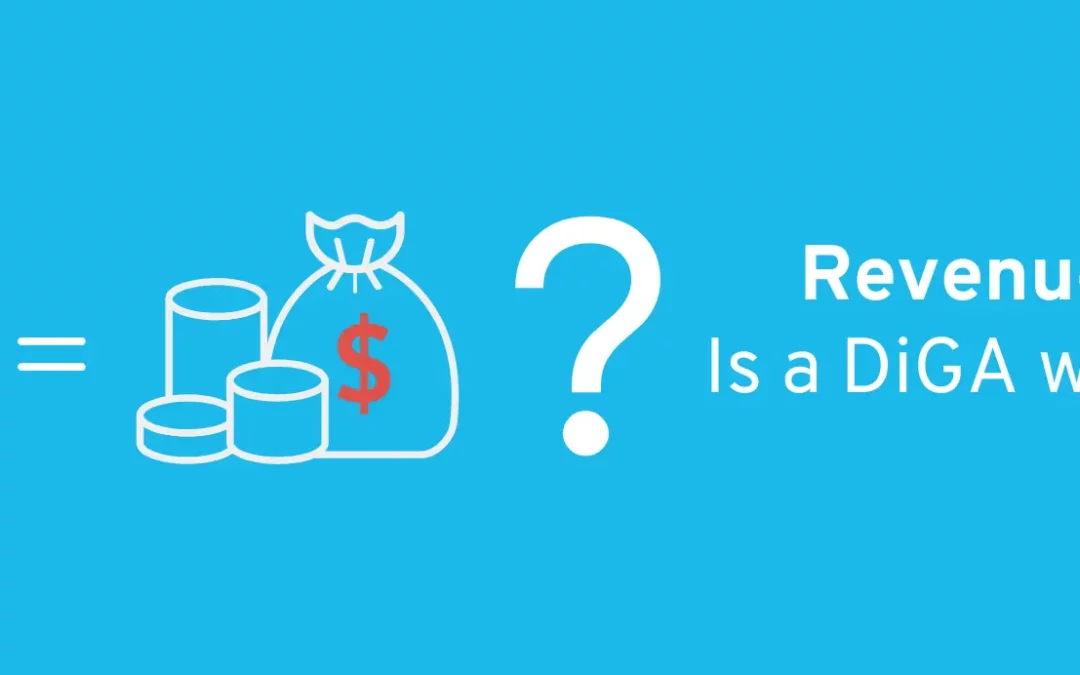
DiGA revenue & costs: Is a DiGA worthwhile?
As with any business idea, the financial potential of a DiGA project should be calculated at the outset. A central question arises: Is the development of your DiGA idea worthwhile for you? Potential investors for your DiGA project are also asking themselves this...

DiGA price negotiations with the GKV-Spitzenverband
The development of a digital health application (DiGA) costs time and money and involves many regulatory hurdles. As a manufacturer, you naturally have an interest in ensuring that this effort pays off in the end. You probably already know that even if your...
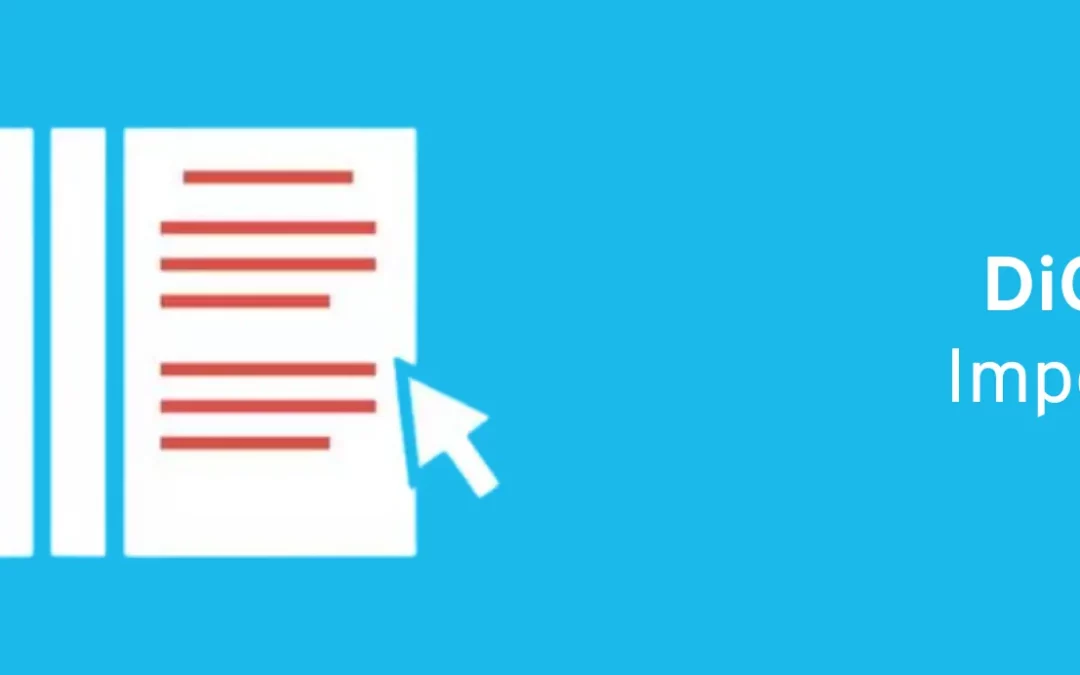
DiGAV and DVG: Important Links
Here you will find the most important links to the Digital Healthcare Act (DVG) and the Digital Health Applications Ordinance (DiGAV). This list is intended to help you access the relevant documents more quickly for regular reference. This page also provides an...
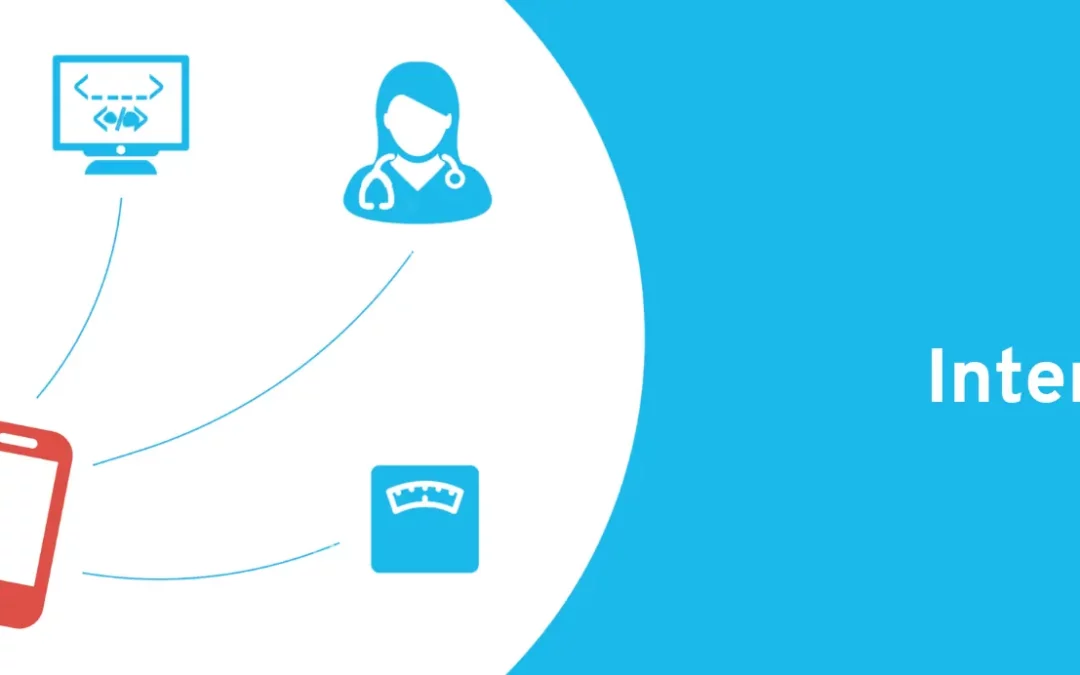
Interoperability for digital health applications (DiGA)
We would like to quickly introduce the topic of interoperability in DiGA development with a small example: “Μια DiGA πρέπει να πληροί ορισμένες απαιτήσεις διαλειτουργικότητας.” Do you understand this sentence? Unless you speak Greek, probably not. You therefore need...
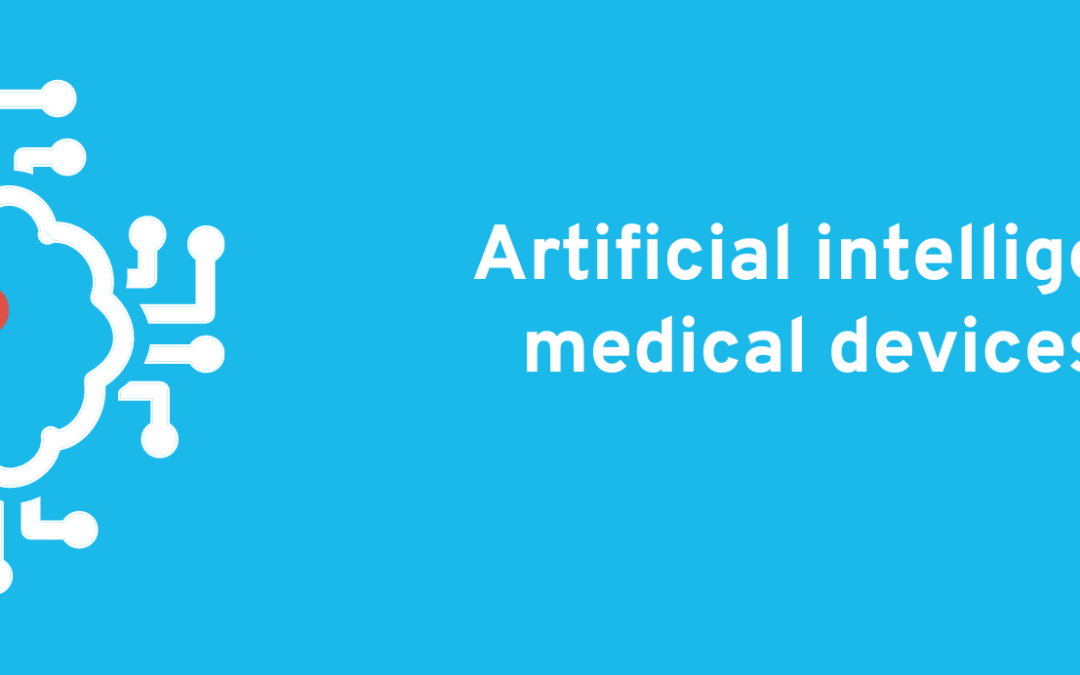
Artificial intelligence (AI) in medical devices – MDR guide (2024)
With ChatGPT at the latest, artificial intelligence (AI) has become the topic of our time - also in the field of software medical devices. Many manufacturers are unsure about the extent to which AI can be used in medical devices at all. For this reason, in this...

The Digital Act (DigiG): Guide for DiGA manufacturers
The new Digital Act of the Federal Ministry of Health was passed on February 2, 2024. It touches on a wide range of topics relating to modern healthcare, such as the electronic patient file (ePA) and regulations on the telematics infrastructure. With regard to DiGA,...
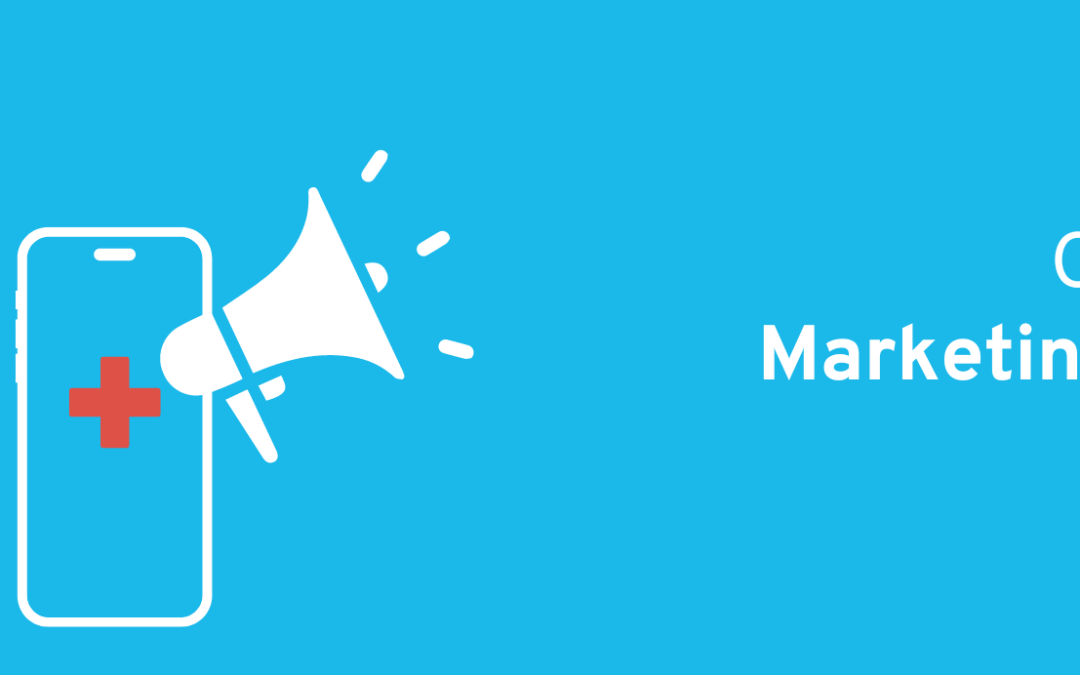
Guide for DiGA marketing and sales
Having fulfilled all regulatory parameters and been entered in the central DiGA directory, have all hurdles been cleared and a successful market entry guaranteed? Unfortunately not quite. Contrary to some wishful thinking, entry in the central DiGA directory itself...
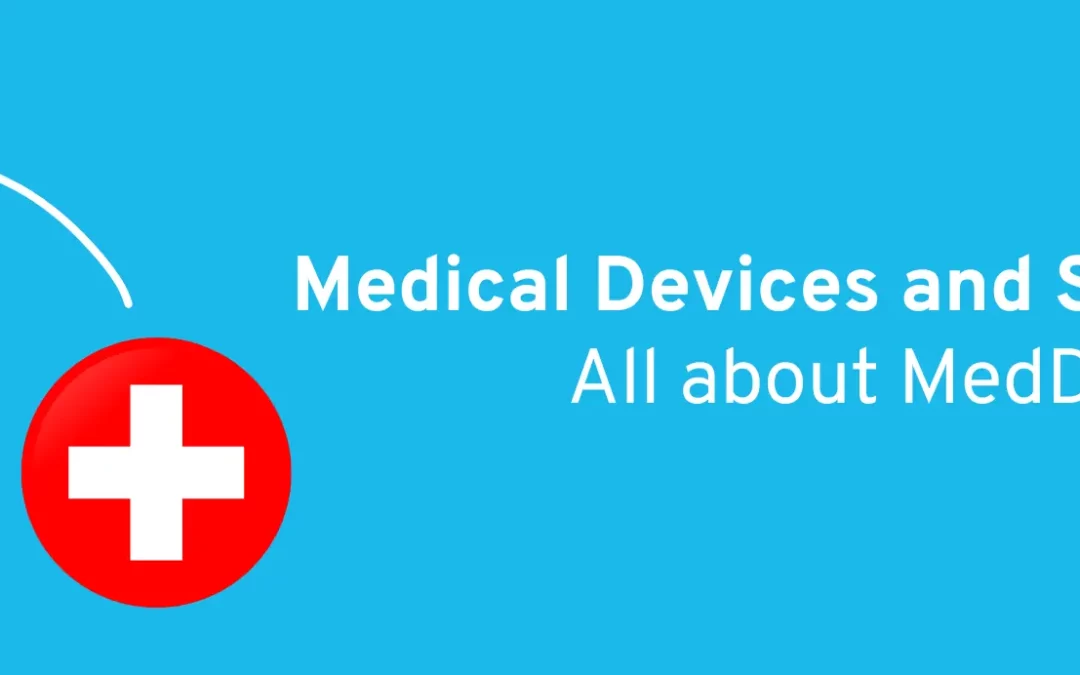
Medical devices in Switzerland: MedDO vs. MDR
Although Switzerland is geographically located in the heart of the EU, it is not part of it. This also affects manufacturers of (software) medical devices. Is it possible for MDR medical devices to enter the Swiss market without further ado? How do Swiss manufacturers...
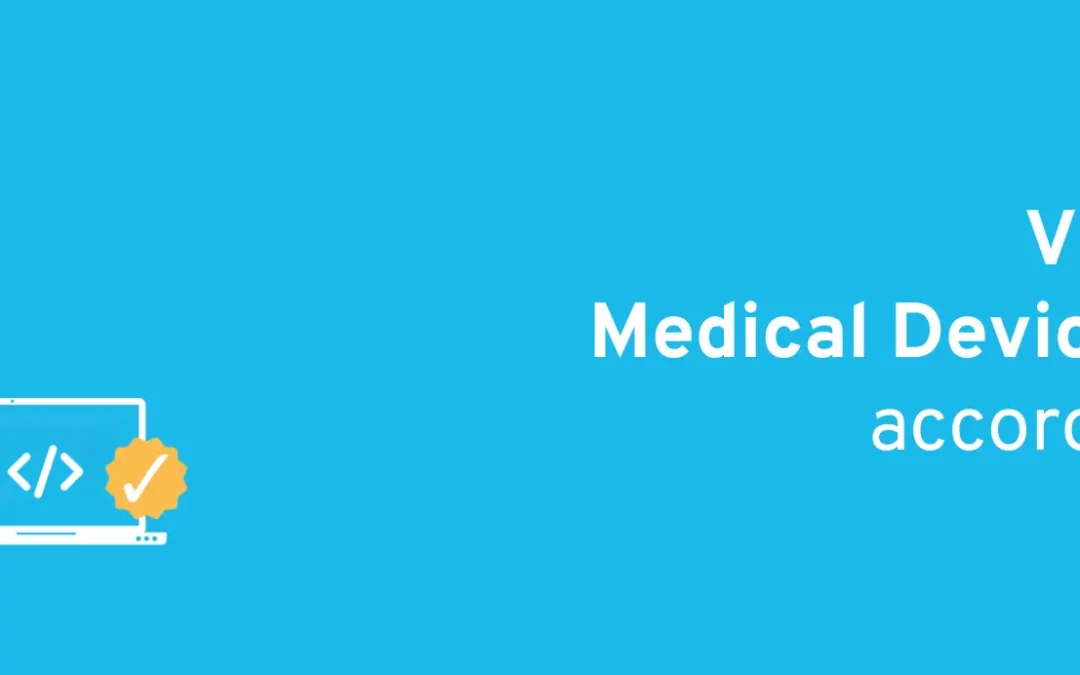
Validation of medical device software according to MDR
If you are developing software that qualifies as a medical device under the Medical Device Regulation (MDR), validation is one of the most critical issues. Successful validation of your software is an absolute prerequisite for bringing your medical device to market....

Requirements of the ISO 13485 – A comprehensive guide
Anyone involved in the development of software medical devices is certainly no stranger to the term "Quality management system" (QMS). You may also have heard of ISO 13485 in this context. ISO 13485 is a standard that defines the requirements for a quality management...
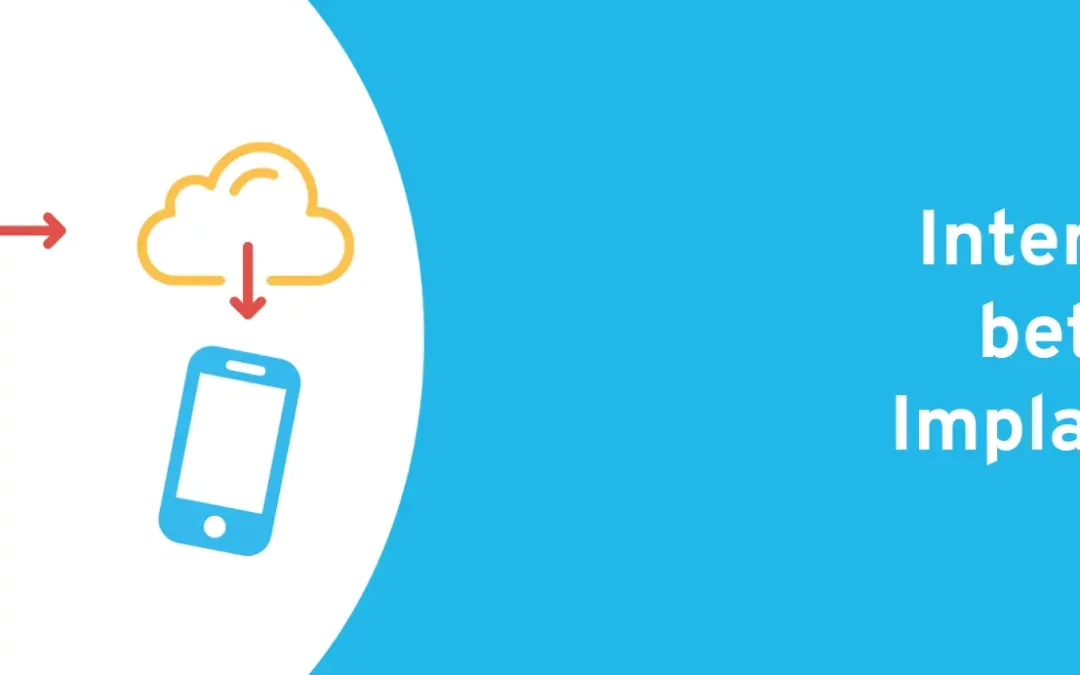
Guide to §374a SGB V – Interoperability for DiGA, aids & implants
Attention manufacturers of electronic aids, implants and DiGA! From mid-2024, a new legal requirement will apply to improve interoperability between medical devices and digital health applications (DiGA) approved by the BfArM: §374a SGB V Specifically, this involves...
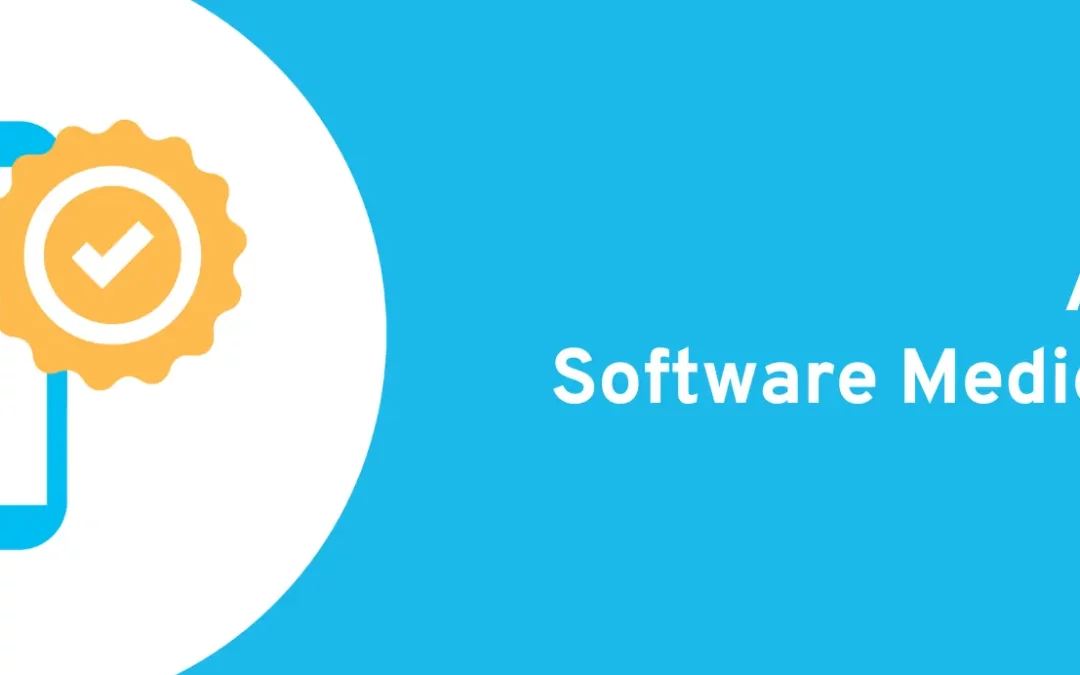
Approval & certification of software medical devices (MDR)
How does medical device approval for software work? How long does this process take? And what are the costs involved in certification? The path to medical device approval is also complex for software products. It is therefore advisable to deal with the...
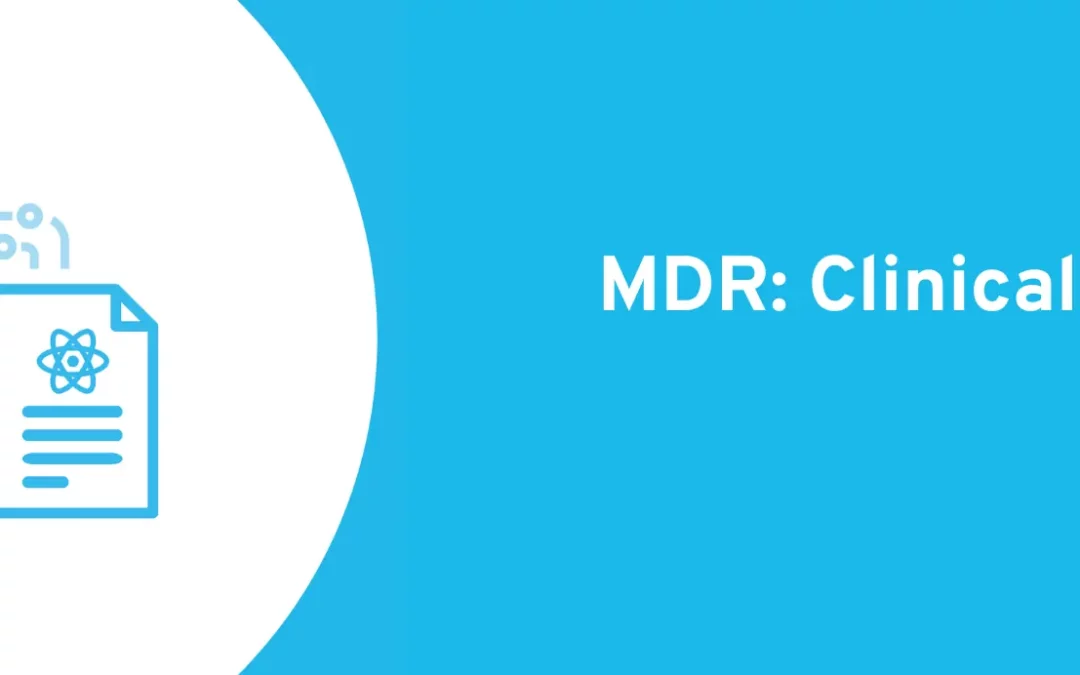
MDR Guide: Clinical evaluation of software medical devices
"Clinical evaluation? No problem!" "A doctor was recently interviewed in the Süddeutsche Zeitung! She clearly stated that mindfulness apps help with depression. We can refer to that, can't we?" Unfortunately, it's not that simple. Of course, our exaggerated example...
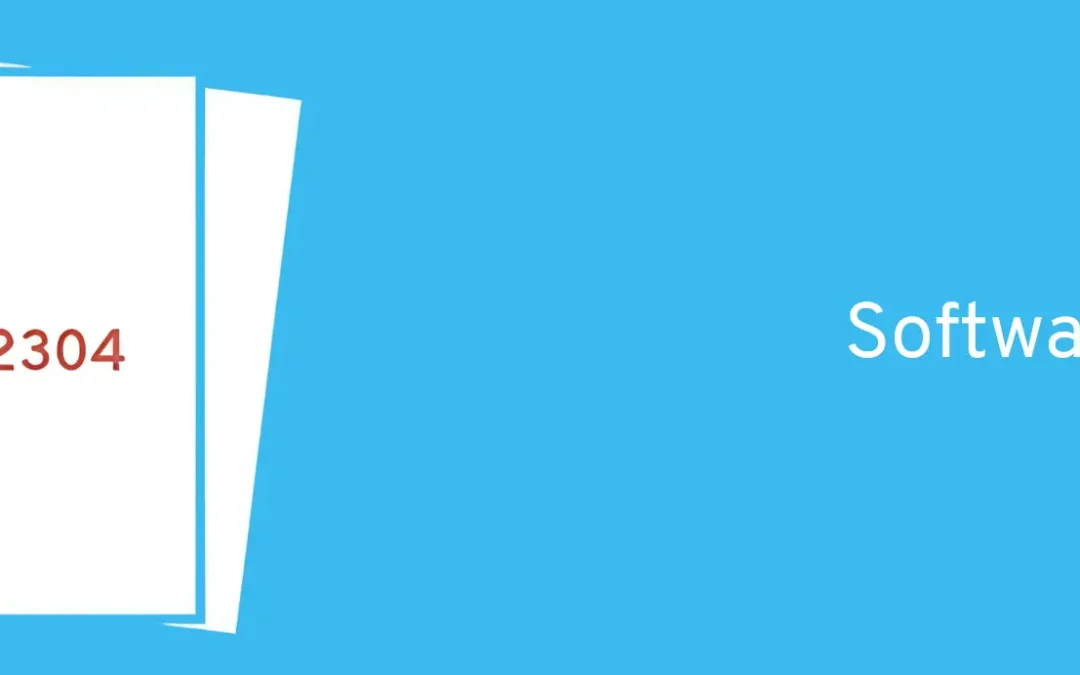
IEC 62304: Software life cycle processes for medical devices
IEC 62304 specifies processes and activities that you must observe when developing software as a medical device. It sets out specific requirements for how you must develop and maintain your software. This applies both to standalone software (e.g., medical apps) and to...
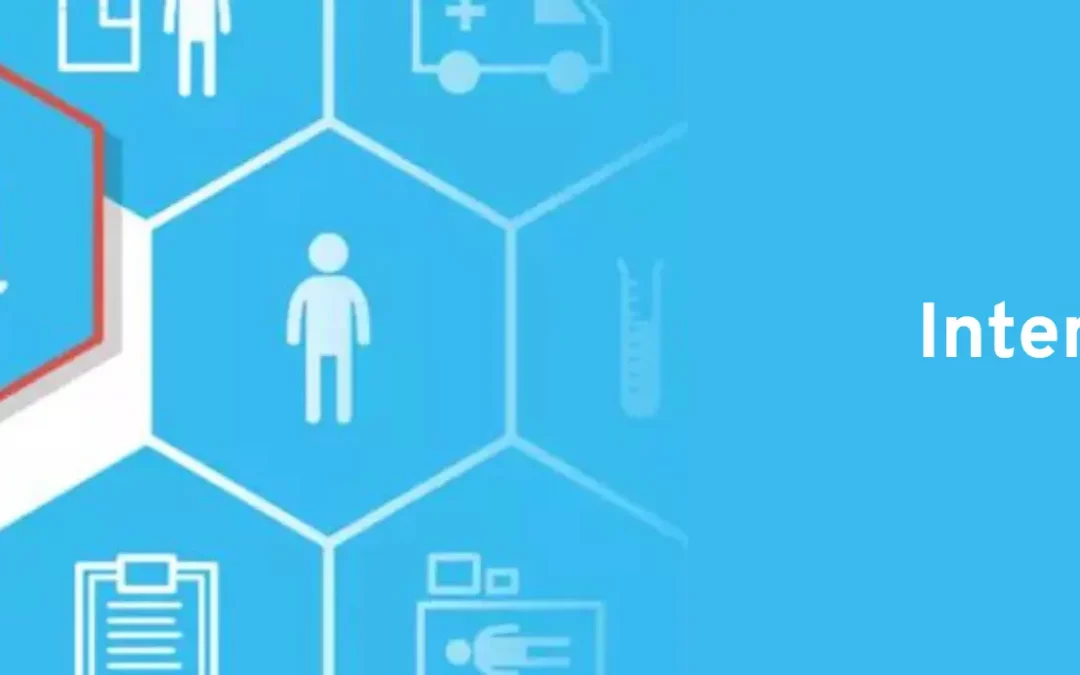
Interoperability in medicine: Explained using simple examples
A wide range of electronic devices are used in medicine, and medical apps are now also becoming increasingly common. However, a major problem to this day is that many of these devices cannot “talk” to each other: exchanging data is often difficult or impossible. In...
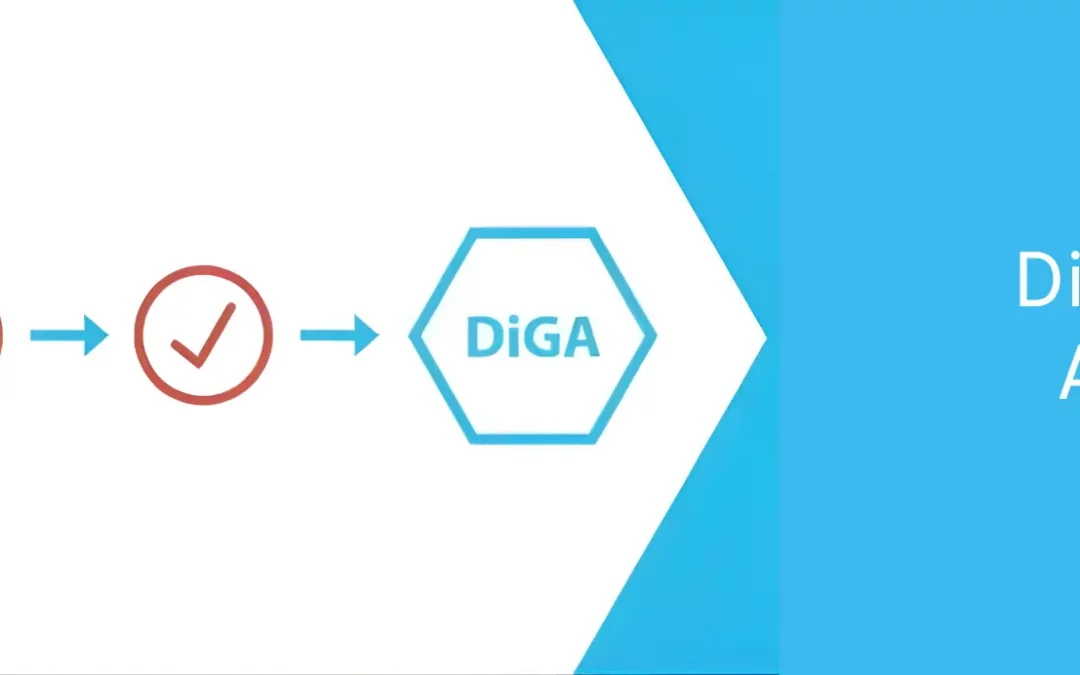
Guide to the DiGAV: Digital Health Applications Ordinance
The Digital Supply Act came into force on December 19, 2019. One of the biggest changes: Digital health applications (DiGA) can now be reimbursed by statutory health insurance companies if they meet certain requirements. To do this, the manufacturer of the healthcare...
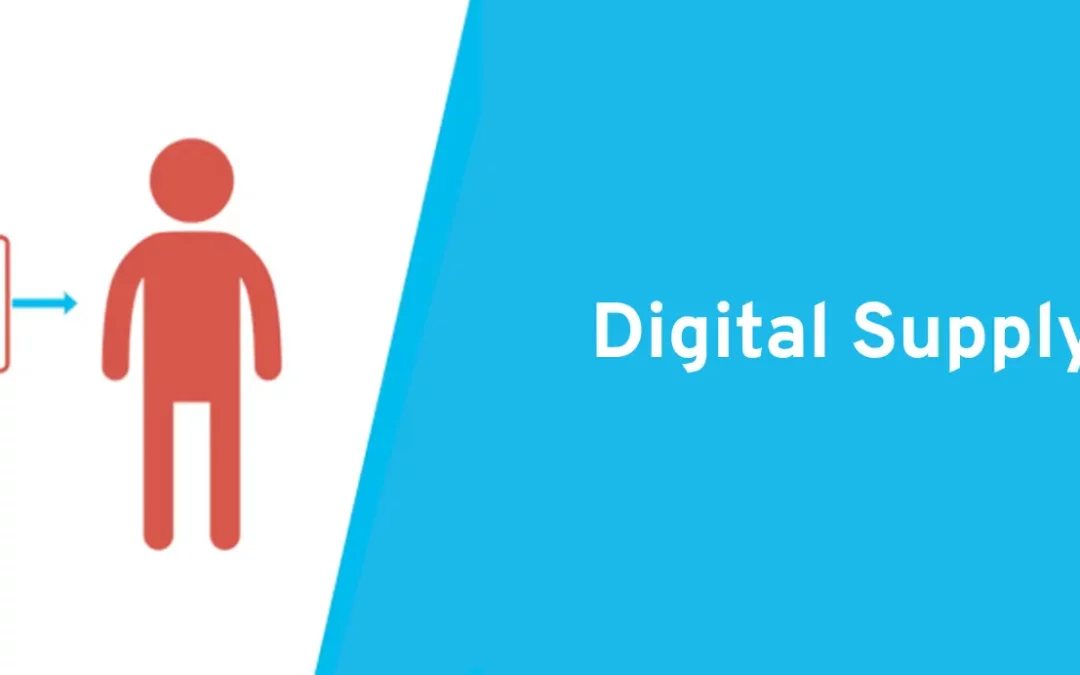
Digital Care Act (DVG): Specification of Digital Health Applications (DiGA)
The Digital Care Act for “better care through digitization and innovation” came into force on December 19, 2019. The aim of the Digital Care Act (DVG) is to enable patients to have health applications prescribed by their doctor, make telemedicine more accessible, and...
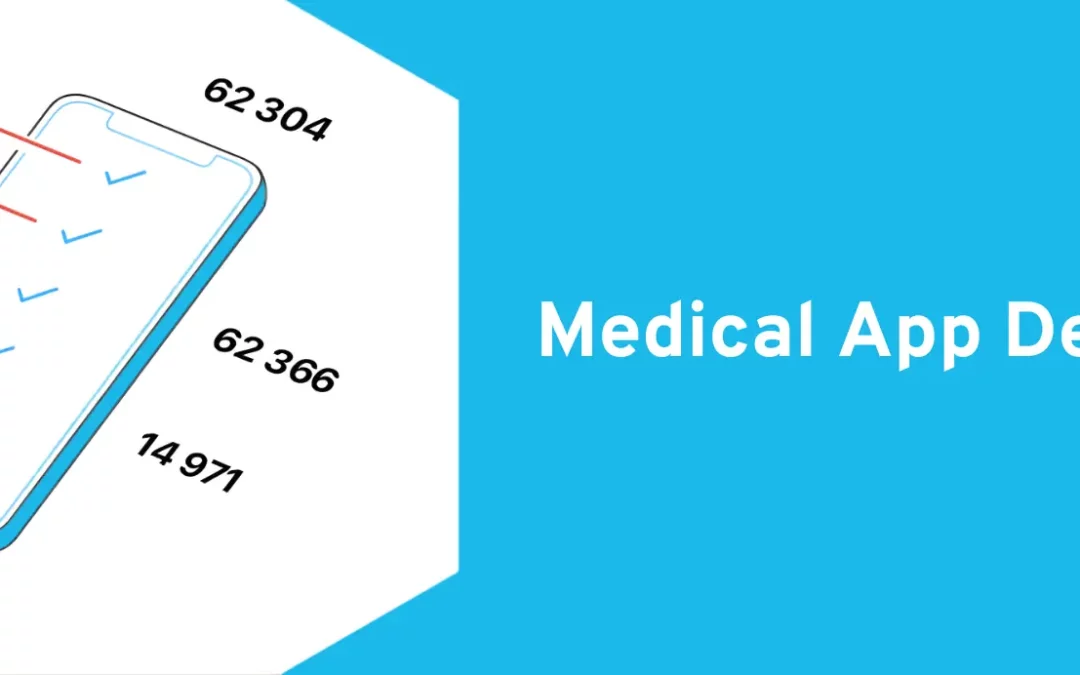
Guideline for the development of medical apps: What manufacturers need to look out for
Medical apps are now being used more and more frequently, e.g. in disease prevention, disease diagnostics, disease treatment or for the monitoring of vital parameters. However, it is not that easy to launch a medical app on the market that is secure and compliant with...
Are you planning to implement medical software
or DiGA?
Contact us for a free initial consultation. We will give you an estimate of the effort and timeframe required to implement your project. We will also examine the regulatory and strategic framework conditions for your product.
